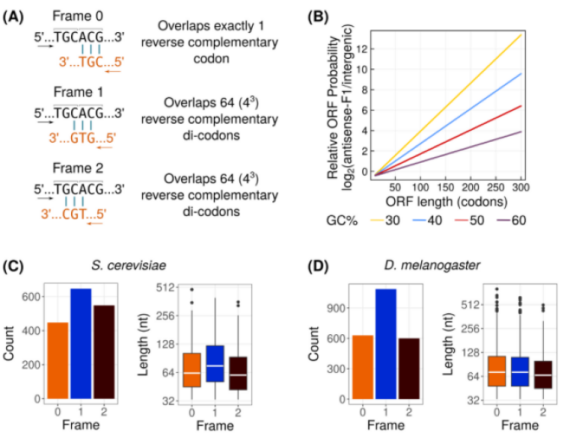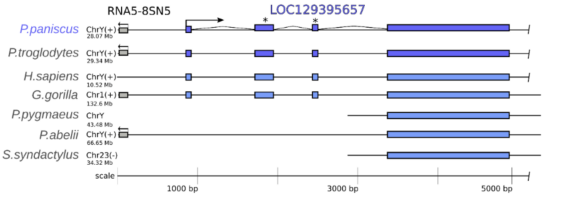Evolution of an adaptive and novel floral volatile
Many flowering plants produce highly diverse and specific floral scents that are important for mediating interactions with their pollinators and/or herbivores. The well-known fitness effects and extraordinary diversity of floral scents provide an excellent system for studying the evolution of novel adaptive traits in plants. However, very few studies have revealed how plants evolve new floral scents.
In this study, a group of scientists from Max Planck Institute for Chemical Ecology and University of Münster uncovered the biosynthetic machinery and evolution of a species-specific nocturnal floral volatile of a wild tobacco (Nicotiana attenuata): benzyl acetone (BA), a compound that mediates both pollinator attraction and florivore deterrence. They demonstrated that three genes, NaPAL4, NaIFR3, and NaCHAL3 are sufficient and necessary for the BA biosynthesis in N. attenuata. They also found that while independent changes in transcription in all three genes contributed to intraspecific variations of floral BA emission, the gain of expression of NaIFR3 resulted in the biosynthesis of BA, which was only found in N. attenuata. Because NaIFR3 evolved from a gene duplication that occurred earlier than the diversification of Nicotiana, this study provided an example that novel metabolic pathways can arise via altering the expression of existing genes.
The study not only revealed how novel adaptive traits have been evolved, but also shows different genetic mechanisms are involved in intra- and interspecific variations of adaptive traits. Scientists found that while all three biosynthetic genes contributed to the intraspecific variations of floral BA emission, only the expression changes in NaIFR3 contributed to differences in floral BA emission among closely related species. The results indicate that adaptive traits might evolve differently between and within species.
The study showed that a new metabolic pathway can arise via expression changes in a single gene. Such mechanism might not only explain the evolution of amazing diversity of specialized metabolites in plants, but also demonstrated the potential of using metabolic engineering in crop development and protection.
Original Publication:
Han Guo, Nathalie D Lackus, Tobias G Köllner, Ran Li, Julia Bing, Yangzi Wang, Ian T Baldwin, Shuqing Xu, Evolution of a Novel and Adaptive Floral Scent in Wild Tobacco, Molecular Biology and Evolution, , msz292, https://doi.org/10.1093/molbev/msz292











































































